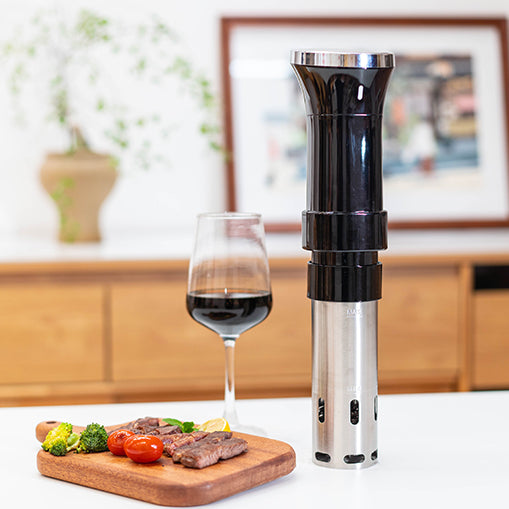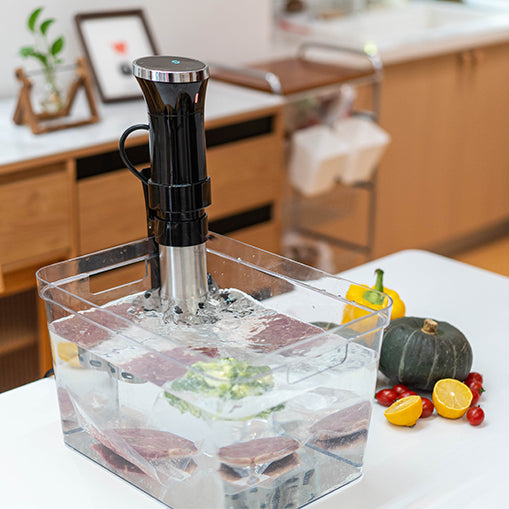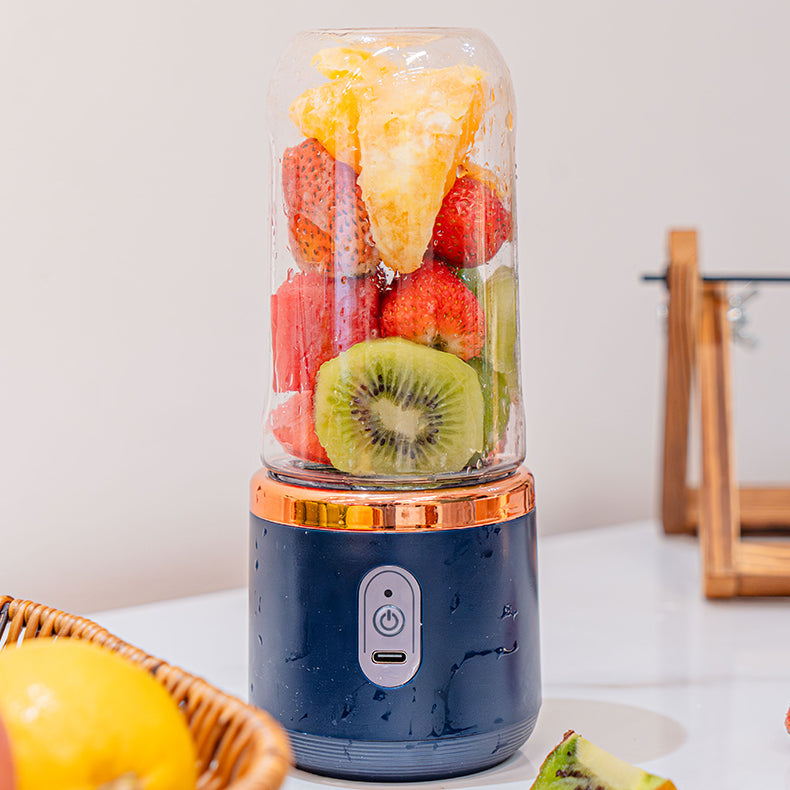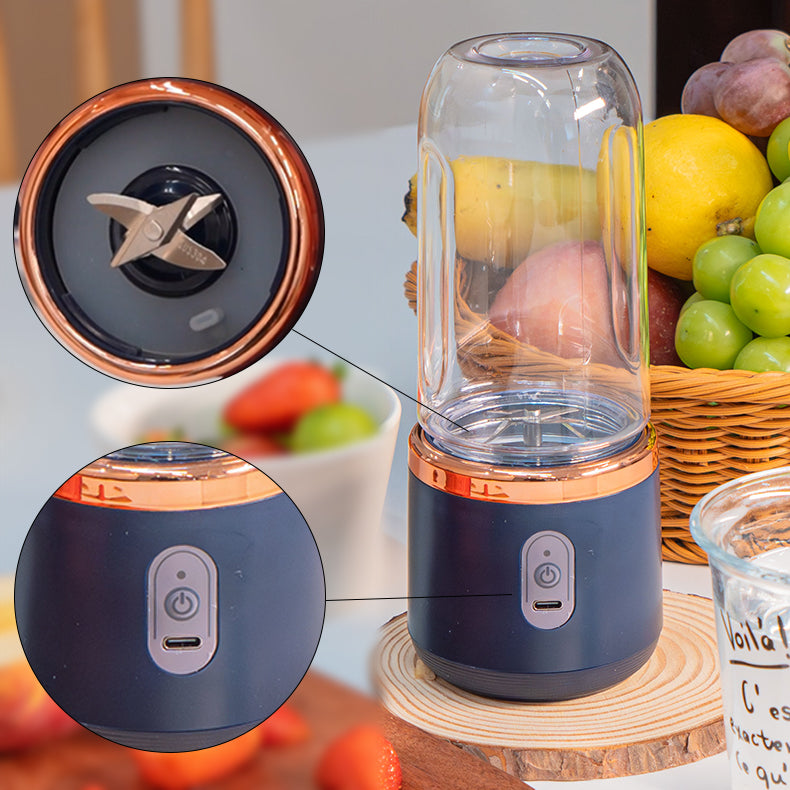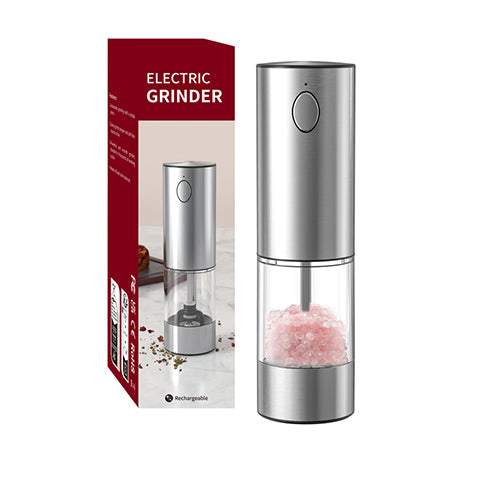Creamy, fresh, and full of flavor, homemade mayonnaise is a simple but transformative addition to your kitchen staples. Learning how to make mayonnaise with whisk is easier than you might think, requiring only a handful of basic ingredients and a little patience. In this guide, we’ll walk you through the essential ingredients that give mayonnaise its signature taste, the step-by-step whisking technique for perfect consistency, and expert tips to achieve a smooth, velvety texture every time.

Essential Ingredients for Homemade Mayonnaise
A well-balanced homemade mayonnaise comes down to a few simple yet essential ingredients, each bringing a unique role to achieve that perfect creamy consistency and flavor. Here’s what you'll need to make this classic condiment.
- Egg Yolks: Provide a rich, creamy texture and act as an emulsifier, binding the ingredients together.
- Neutral Oil (such as canola or sunflower oil): Adds body and smoothness without overpowering the flavor.
- Vinegar or Lemon Juice: Adds acidity, balancing the richness and enhancing the tangy flavor.
- Dijon Mustard: Adds a subtle sharpness and helps stabilize the emulsion.
- Salt: Enhances overall flavor, making the mayonnaise more savory.
- Optional Sugar: For a slightly sweeter profile, particularly in dressings or dips.
- Water (optional): Helps adjust the thickness for a lighter, creamier texture if desired.
How to Make Mayonnaise with a Whisk?
With the essential ingredients, we will continue to look at how to make mayo with whisk. This simple, hands-on method reveals a foolproof way to get creamy, homemade mayonnaise without any fancy equipment.
1. Set Up Your Bowl: Arrange a damp cloth on your workspace. Add egg yolks to a large, stable bowl and position it on the cloth. This keeps the bowl steady as you whisk and pour oil.
2. Whisk the Yolks: Whisk the egg yolks briskly for 2-3 minutes until they become pale and frothy. Once they are light and airy, add mustard and continue whisking for an additional 1-2 minutes.
3. Prepare for Emulsifying: Use a rubber spatula to scrape down the bowl’s sides, ensuring all yolk is incorporated. This step helps the egg yolks bind well with the oil.
4. Add Oil Gradually: Begin pouring oil very slowly, around a tablespoon at a time, while whisking vigorously. Fully incorporate each addition before pouring in more. Continue this process until you’ve used about half of the oil.
5. Loosen with Vinegar: Add a tablespoon of vinegar to the mixture to thin it slightly and ease the whisking as more oil is added. This also lightens the mayonnaise’s color.
6. Incorporate Remaining Oil: Pour in the remaining oil gradually, whisking consistently to maintain a smooth texture. At this stage, the mayonnaise will be thick and may taste somewhat bland.
7. Season to Taste: Adjust the flavor with lemon juice, additional vinegar (or pickle juice), and salt. Add these gradually, tasting as you go to achieve your desired flavor.
8. Finish with Care: Be mindful when adding vinegar or pickle juice, as too much can cause the mixture to separate. A gradual approach helps achieve the right balance without compromising texture.
Tips for Perfect Mayonnaise Texture
Achieving the perfect mayonnaise texture comes down to a few essential skills. Each one plays a vital role in creating a smooth, cohesive spread that’s just right for your taste.
- Whisking Is Key: For a successful homemade mayonnaise, continuous whisking for about 10 minutes is essential. This helps fully incorporate the oil, ensuring a smooth and cohesive mayo.
- Adjusting Consistency and Flavor: If your mayo initially tastes too rich or oily, that's normal. Adding vinegar or pickle juice balances the flavor and adjusts the consistency, giving it the right texture.
- Salt Gradually: Add salt in small amounts to avoid an overly salty taste. Stir the salt in gently after adding the vinegar to prevent overmixing and maintain the mayo’s smoothness.
Choose an Electric Whisk That Won't Tire Hands
For a smooth, hassle-free experience in making mayonnaise, using an electric whisk can significantly enhance the process compared to a standard whisk. This helps prevent wrist fatigue and allows for more precise control over texture and thickness, making it a convenient choice for creamy, stable mayonnaise.
This Electric Whisk combines versatility and ease with features that support a range of tasks beyond frothing milk. Compact and portable, it’s designed to fit seamlessly into any kitchen and features an upgraded motor for reliable, smooth mixing, ideal for creating emulsions like mayonnaise. With three speed controls, it caters to different mixing needs, from gentle blending to high-speed emulsifying. Dual stainless steel mixing heads make it perfect for both culinary and beverage needs, ensuring optimal results every time.

How to Store Mayonnaise for Maximum Freshness?
After preparing your homemade mayonnaise, transfer it to a clean jar with a secure lid and refrigerate. Properly stored, it will remain fresh for about 5 to 7 days. When using it, always take out only what you need with a clean spoon, and promptly return the jar to the refrigerator to keep it fresh. Avoid leaving homemade mayo at room temperature for too long.
Conclusion
Making mayonnaise at home, especially by hand, can feel like a culinary accomplishment. With a few essential ingredients, a bit of patience, and the right techniques, you can whip up a creamy, delicious mayonnaise that’s perfect for sandwiches, salads, and more. The secret to mastering how to make mayonnaise with whisk lies in a steady hand and careful emulsification to achieve the perfect texture. Once made, store your mayo properly to keep it fresh for as long as possible.

